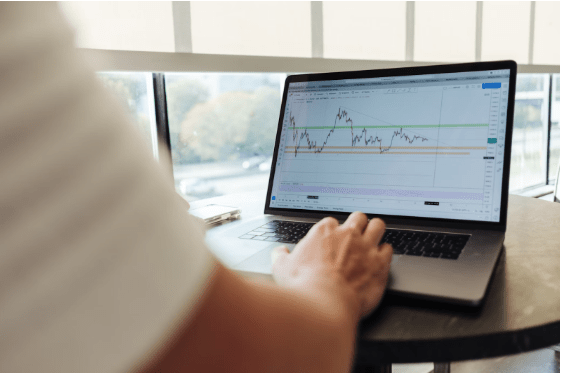Venturing into the stock market is akin to stepping into a bustling city filled with opportunities and challenges. For new traders, this landscape may seem intricate, with its language and rules. However, understanding the core workings of the stock market is pivotal for success. In this comprehensive guide, we’ll navigate through the nuances of the stock market, offering indispensable tips for those embarking on their trading journey.
Understanding the Basics
To navigate the labyrinth of the stock market, it is imperative to grasp the fundamental concept of stocks. Stocks represent ownership in a company, entitling shareholders to a portion of its assets and profits. Common and preferred stocks are the primary types, each carrying its own set of rights. The stock market, essentially a marketplace, allows these stocks to be bought and sold, creating a dynamic ecosystem where supply and demand dictate prices. Market capitalization, derived by multiplying a stock’s price by its outstanding shares, is a crucial metric that reflects a company’s overall value.
Market Indices
Market indices, often referred to as the heartbeat of the market, serve as benchmarks for gauging its overall health. The S&P 500, encompassing 500 of the largest publicly traded companies, and the Dow Jones Industrial Average, tracking 30 blue-chip stocks, are among the most influential indices. Understanding the composition of these indices is essential, as they provide a broad snapshot of market performance. Analysts and traders closely monitor these indices to discern trends, investor sentiment, and potential market shifts.
Market Orders vs. Limit Orders
Executing trades involves strategic decision-making, and understanding the nuances of market orders and limit orders is crucial. Market orders are executed immediately at the prevailing market price, ensuring swift transactions. On the other hand, limit orders allow traders to set specific price points at which they are willing to buy or sell. This provides more control over the entry and exit points of a trade but may not guarantee immediate execution. Each order type carries its own set of advantages and risks, and the choice between them depends on the trader’s specific goals and market conditions.
Technical vs. Fundamental Analysis
Analyzing stocks involves delving into either technical or fundamental analysis, or often a combination of both. Technical analysis revolves around studying stock chart patterns to forecast future price movements. This approach is grounded in the belief that historical price trends can provide insights into future market behavior. Fundamental analysis, on the other hand, involves evaluating a company’s financial health, earnings, and market position to determine its intrinsic value. Striking a balance between these two methodologies enables a trader to form a comprehensive understanding of market dynamics and make informed decisions.
Risk Management Strategies
Risk management is the cornerstone of a sustainable trading strategy. The stock market is inherently unpredictable, and losses are an integral part of the journey. Diversification, a strategy involving spreading investments across different assets to reduce risk, is a fundamental risk management tool. Setting stop-loss orders, and predetermined points at which a trader will exit a losing position helps mitigate potential losses. Determining position sizes based on risk tolerance ensures that no single trade can disproportionately impact a trader’s overall portfolio. These strategies collectively create a protective shield around your capital, allowing you to weather market fluctuations more effectively.
The Role of Brokers
Selecting a broker is a pivotal decision that significantly influences your trading experience. Brokers act as intermediaries, executing trades on your behalf. New traders should consider factors such as commission fees, account types, and the availability of research tools when choosing a broker. User-friendly trading platforms can ease the learning curve, while educational resources provided by brokers contribute to a trader’s knowledge base. It’s a partnership that extends beyond transactional execution, impacting the overall journey in the stock market
The Psychological Aspect
Beyond the numbers and analytical tools, successful trading requires mastering the psychological aspect of the game. Emotions, such as fear and greed, can cloud judgment and lead to impulsive decisions. Developing emotional resilience involves acknowledging that losses are an inevitable part of the learning process. Setting realistic expectations and maintaining discipline during both winning and losing streaks is crucial. The ability to detach emotionally from trades, stick to a well-thought-out strategy, and learn from both successes and failures contributes to a trader’s mental fortitude, a key ingredient for long-term success in the stock market.

As we conclude this in-depth exploration of the stock market, new traders need to recognize that success in this dynamic arena is an ongoing journey. Armed with a solid understanding of stocks, insights into market indices, a reliable broker, effective trade execution skills, robust risk management strategies, a grasp of analysis techniques, and a resilient mindset, traders can embark on a path toward sustainable success. The stock market, with its ebbs and flows, is a teacher and a challenge. Embrace the learning process, stay informed, and let your journey in the stock market unfold with wisdom and experience. Remember, it’s not about avoiding risks but navigating them with skill and strategy.


